Ficus benjamina 'White Spot' Problem
frank737
16 years ago
Featured Answer
Comments (27)
ken_adrian Adrian MI cold Z5
16 years agorhizo_1 (North AL) zone 7
16 years agoRelated Professionals
New Mexico Landscape Architects & Landscape Designers · Oatfield Landscape Architects & Landscape Designers · Sand Springs Landscape Architects & Landscape Designers · Finneytown Landscape Architects & Landscape Designers · El Reno Landscape Contractors · Gainesville Landscape Contractors · Hawaii Landscape Contractors · La Mirada Landscape Contractors · Lorain Landscape Contractors · Mercedes Landscape Contractors · Middle River Landscape Contractors · Peachtree City Landscape Contractors · South Farmingdale Landscape Contractors · Welby Landscape Contractors · Winter Gardens Landscape Contractorsefhale
16 years agoronalawn82
16 years agorhizo_1 (North AL) zone 7
16 years agorogersrosie
10 years agorhizo_1 (North AL) zone 7
10 years agotapla (mid-Michigan, USDA z5b-6a)
10 years agomarie_ash99
8 years agorternoir
8 years agorhizo_1 (North AL) zone 7
8 years agolast modified: 8 years agotapla (mid-Michigan, USDA z5b-6a)
8 years agomarie_ash99
8 years agoTiffany, purpleinopp Z8b Opp, AL
8 years agotherulesgirl
6 years agolast modified: 6 years agotapla (mid-Michigan, USDA z5b-6a)
6 years agolast modified: 6 years agomarie_ash99
6 years agotapla (mid-Michigan, USDA z5b-6a)
6 years agolast modified: 6 years agogardengal48 (PNW Z8/9)
6 years agomarie_ash99
6 years agoTiffany, purpleinopp Z8b Opp, AL
6 years agomarie_ash99
6 years agotapla (mid-Michigan, USDA z5b-6a)
6 years agoDan Main
3 years agotapla (mid-Michigan, USDA z5b-6a)
3 years agoBrooks McCorcle
3 years ago
Related Stories

LIVING ROOMSNew This Week: How to Punch Up a Modern White Living Room
Consider these easy combinations to bring personality, color and texture to your neutral backdrop
Full Story
DECORATING GUIDES12 Smart Ideas for Decorating Empty Corners
Fill a neglected corner with something useful, attractive or both, using these dozen thoughtful decorating strategies
Full Story
MOST POPULARThe Perfect Houseplant for People Who Kill Houseplants
If you can fill a jar with water, you can keep golden pothos vine happy — and it will pay you back with cleaner air and a greener home
Full Story
HOUSEPLANTS8 Essentials for Healthy Indoor Plants
Houseplants add so much to our homes — and can thrive when grown in the right conditions. Keep these tips in mind
Full Story
DECORATING GUIDESThe Dumbest Decorating Decisions I’ve Ever Made
Caution: Do not try these at home
Full Story
HOUSEPLANTS10 Top Plants to Grow Indoors
Brighten a room and clean the air with a houseplant that cascades artfully, stretches toward the ceiling or looks great on a wall
Full Story
DECORATING GUIDESDitch the Rules but Keep Some Tools
Be fearless, but follow some basic decorating strategies to achieve the best results
Full Story
HOUSEPLANTS8 Houseplants You Can't Kill
They're forgiving and let you forget. Houseplants don't get any easier than this
Full Story
GARDENING AND LANDSCAPINGGrow a Lush Privacy Screen
No need to wait forever for patio privacy the green way. These 10 ideas will get your screening up and running in no time
Full Story
MODERN HOMESHouzz Tour: Earthy Decor Adds Warmth to a Modern Home
Nature-based colors and rustic elements bring a cozier feeling to a minimalist house in Southern California
Full Story





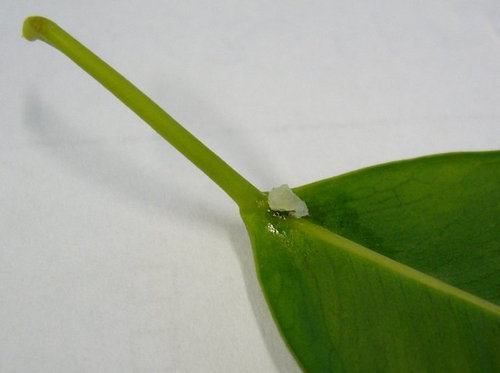

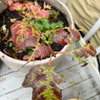
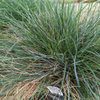
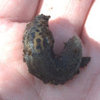
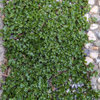
tapla (mid-Michigan, USDA z5b-6a)